by Ken Gargett
Rosé champagne. Some see it as fun, frivolous fizz, a summer drink fit only for matching desserts or picnics but not a serious wine. For others, a good sparkling rosé is a thing of beauty. I am firmly in that latter camp.
I would find myself in disagreement with some of the great figures of Champagne. Madame Lily Bollinger point blank refused to allow Bollinger to make a rosé, believing that rosé champagne was associated with Paris’ “deeply suspect maisons closes” and “fit only for women with the worst sort of reputation.” Her team had to wait for her passing before the world saw a Bollinger Rosé.
The team at Dom Pérignon took a different view with its first rosé appearing as the 1959 (the first Dom Pérignon was 1921), however, aside from a very few bottles that slipped the net, two of which a friend in Helsinki somehow managed to get his hands on – and then rudely drank before I arrived to visit (a small comfort that I have, at least, is having seen the empty bottles) – the entire production of just 306 bottles was sold to the Shah of Iran for the extravaganza he threw in 1971 for the 2,500th anniversary of Cyrus the Great’s founding of the Persian Empire.
Look at some of the great examples of rosé from Champagne: Dom Pérignon, Louis Roederer’s Cristal, Piper Heidsieck’s Rare, Billecart-Salmon’s Elizabeth Salmon, Dom Ruinart, and more.
These are simply stunning (as are their prices more often than not). They are also usually made in tiny quantities only in suitable vintages (Krug Rosé, another scintillating rosé champagne, is the odd man out as a non-vintage, or multi-vintage as the house prefers, but it is still made in very small quantities). So they are wines that I (and I suspect most of us) rarely taste.
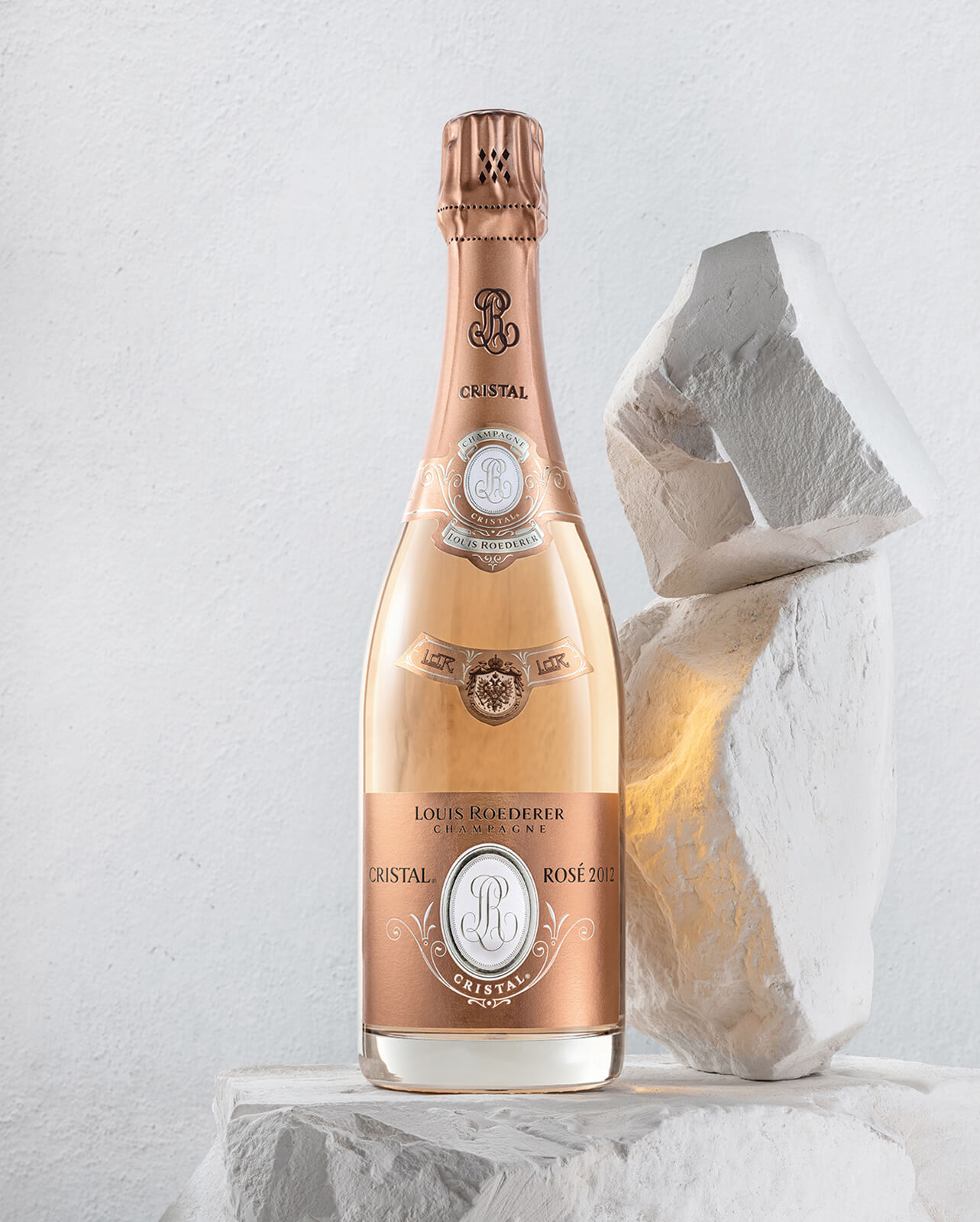
Louis Roederer Cristal Rosé 2012 (photo courtesy Louis Roederer/Emmanuel Allaire)
I last tasted Louis Roederer’s Cristal Rosé, for many the absolute epitome of the style (in fairness, at this level we are talking personal preference) probably 15 years ago, so when the opportunity arose – wild horses, as the saying goes.
And indeed, as they say in the classics, but wait, there’s more . . .
Louis Roederer Cristal
I found myself presenting at an event where Cristal Rosé was served alongside Louis Roederer’s 2013 vintage, 2014 Rosé, and 2013 Cristal, all champagnes I’d yet had to try. Christmas had come early.
The 2013 Cristal is a champagne I have been very keen to taste. Rave reviews all around the world.
As I have written about Louis Roederer and Cristal previously here, Louis Roederer tends to release its champagnes earlier than many. I’m never quite sure why: as good as it is now, the best is yet to come. No matter.
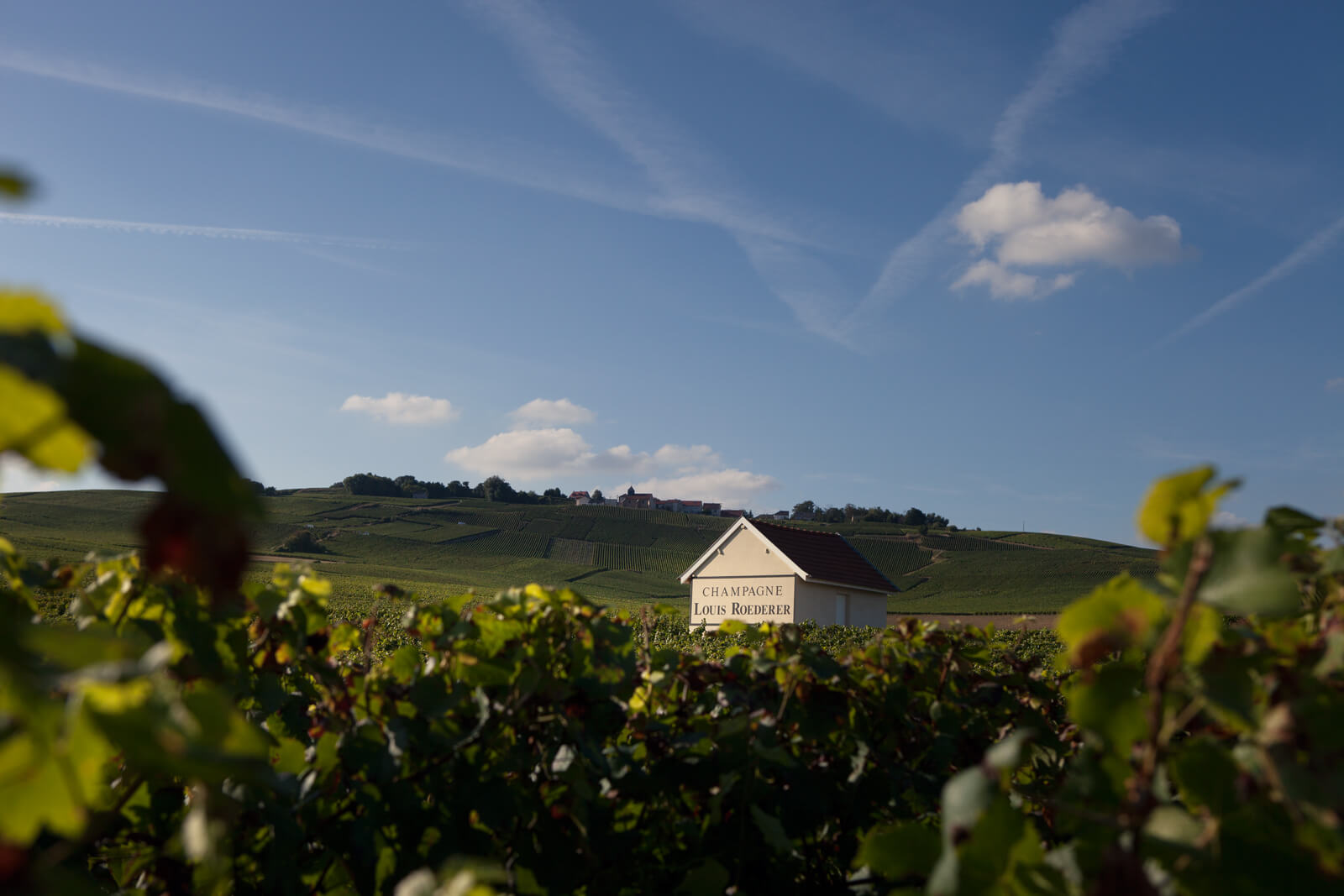
Louis Roederer vineyard
Louis Roederer often releases champagnes from vintages that other houses leave alone. It can do this as it has an astoundingly high percentage of its own vineyards providing what it needs as opposed to sourcing from growers, which is the situation for most other producers (if we leave aside grower champagnes).
This century alone, we have seen Cristal from 2000, 2002, 2004, 2005, 2006, 2007, 2008, 2009, 2012, and now 2013. I am told that there will also be Cristal from 2014, 2015, and 2016, but not 2017.
I have not officially heard about 2018, but as it is hailed as the next truly great vintage after 2008 and 2012, you could bet your house that there will be a 2018 Cristal (from some of the information I read while researching this piece, you can be 100 percent certain that there will be a 2018 Cristal).
There had been so much hype, all of it absolutely justified, about the 2012 and 2008 champagnes, that when news arrived that there would be a Cristal 2013 there was a feeling that perhaps this was simply a vintage that suited Roederer and that we would not necessarily see many 2013s. There was little fuss at any stage about 2013, and it remained very much in the shadow of the great 2012.
But recently, a number of champagne houses have started to release 2013s, and it is proving more than worthy. I have long suggested that champagne lovers fill their cellars with 2008 and 2012, but it turns out that 2013 is very much a vintage not to be ignored. Good news all round for lovers of great champagne.
Rosé champagne
I’ll get to the 2013 Cristal, but first, let’s talk about rosé champagne. In fairness, there are plenty of rosés that are simply fun and frivolous, a little too sweet. But here we are talking the pointy end, and I would be deliriously happy to have any of the champagnes I mentioned above as desert island wines.
Some makers simply add a little red wine to their standard champers, which seems to me to be a guaranteed recipe for unbalancing them – if the standard is as good as they can make then surely 10-15 percent of red tipped in will unsettle the thing. Others make them as discrete wines and treat them with the respect they deserve.
But first, a little background.
Production of rosé champagne is around 5 to 10 percent of the total wine made in Champagne (estimates do vary). Champagne is made from three grape varieties: white Chardonnay and the “black” grapes Pinot Noir and Meunier.
A blanc de noirs is champagne made from either or both of the black grapes, but it will not be red or rosé in color (sometimes, this will have the merest tinge of pink but let’s leave that for the moment).
Champagne is the one region in France allowed to make rosé by either of two different methods. The more difficult method is maceration or saignée, where the juice is basically left in contact with the skins of the black grapes to pick up the requisite color. Laurent-Perrier is perhaps the most famous adherent to this style. The color of a rosé champagne can range from that mere hint of pink through to almost red.
The second method is the addition of red wine (usually around 5 to 15 percent) called assemblage, which is carefully regulated.
Neither is considered the better method (well, that might depend on which house you are asking). Each house makes a decision as to the method it believes best suits it and its wines. Maceration is less common as it is a little more difficult to maintain a consistent color from vintage to vintage.
If I may digress a little: matching rosé champagne and food. Normally, I’m happy to leave matches to individuals so that they may both eat and drink what they like, but for some reason, rosé champagne is so often relegated to the dessert that it is necessary to mention this.
Rosé and dessert? No! Oh, if you have a really sweet one, sure, but the better examples have minimal dosage and could not be less suited to such a dire fate. Next time, try matching your rosé champagne with the duck or a rare lamb. Bresse chicken. A rich fish dish will work, even seafood stews.
Lobster? What could be more perfect! Perhaps a gentle truffle dish. I suspect that with top-notch sashimi, a great rosé champagne would excel.
Louis Roederer 2012 Cristal Rosé
When I tasted Louis Roederer’s standard Rosé from 2012, I was blown away. At the time, I said I thought it was the best Rosé I’d ever tasted from Louis Roederer and that if it had been served blind, I wouldn’t have doubted it was the Cristal Rosé if someone had told me. So with that in mind, just how much better could the Cristal Rosé be?
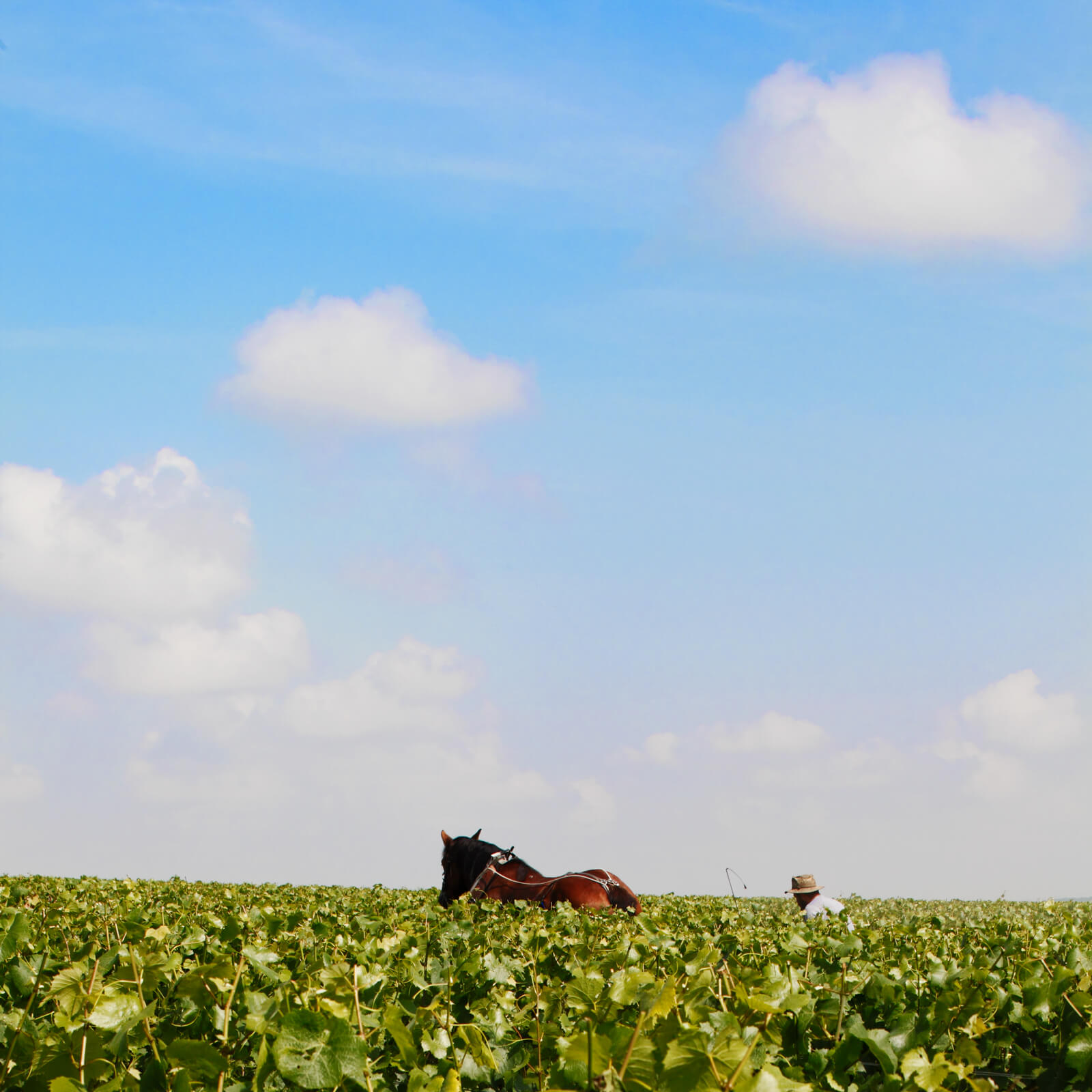
Louis Roederer biodynamic vineyard
This is the fourth Cristal Rosé made 100 percent biodynamically – Louis Roederer started that with the Rosé before the standard Cristal, though that is fully biodynamic now as of the 2012 vintage.
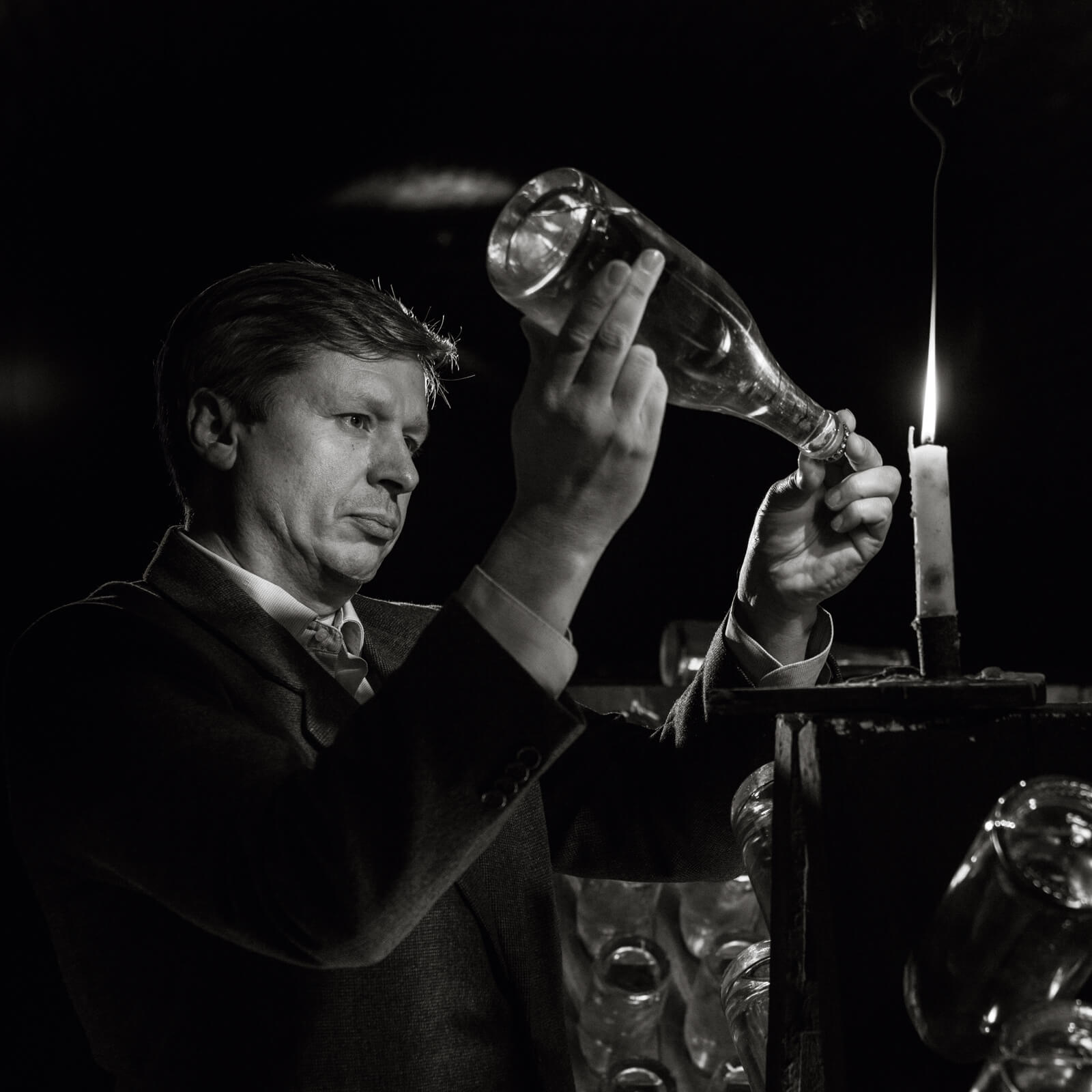
Jean-Baptiste Lecaillon, Louis Roederer chef de cave
I have written about what Louis Roederer’s magician, more prosaically known as the chef de cave, Jean-Baptiste Lecaillon, has done with biodynamics, so I won’t repeat myself here.
Suffice to say that it is just one more piece of the jigsaw puzzle that makes these wines so utterly compelling. Lecaillon, who has been chef de cave since 1999 after stints in both Tasmania and California, also works closely with clones to combat climate change.
Production of the Rosé is only 10 percent of the “blanc” (surely, a nicer term than “standard”). It comes from just four parcels: Goutte d’Or and Villiers from Aÿ for the Pinot Noir and Montmartin in Le Mesnil-sur-Oger for the Chardonnay (I believe that the fourth parcel is Chardonnay from Aÿ although sources provide slightly varying information).
It has apparently been made from these same vineyards since the very first release. The blend is typically 60 percent Pinot Noir and 40 percent Chardonnay. All have been 100 percent biodynamic since 2007. Dosage is just 8 grams/liter, the lowest ever for a Cristal Rosé.
That typical blend of Pinot Noir and Chardonnay is exactly what this wine disgorged in January 2019 is. As with all Louis Roederer Rosés, it was made using the saignée method with a slight variation on theme – a nod to assemblage, if you like.
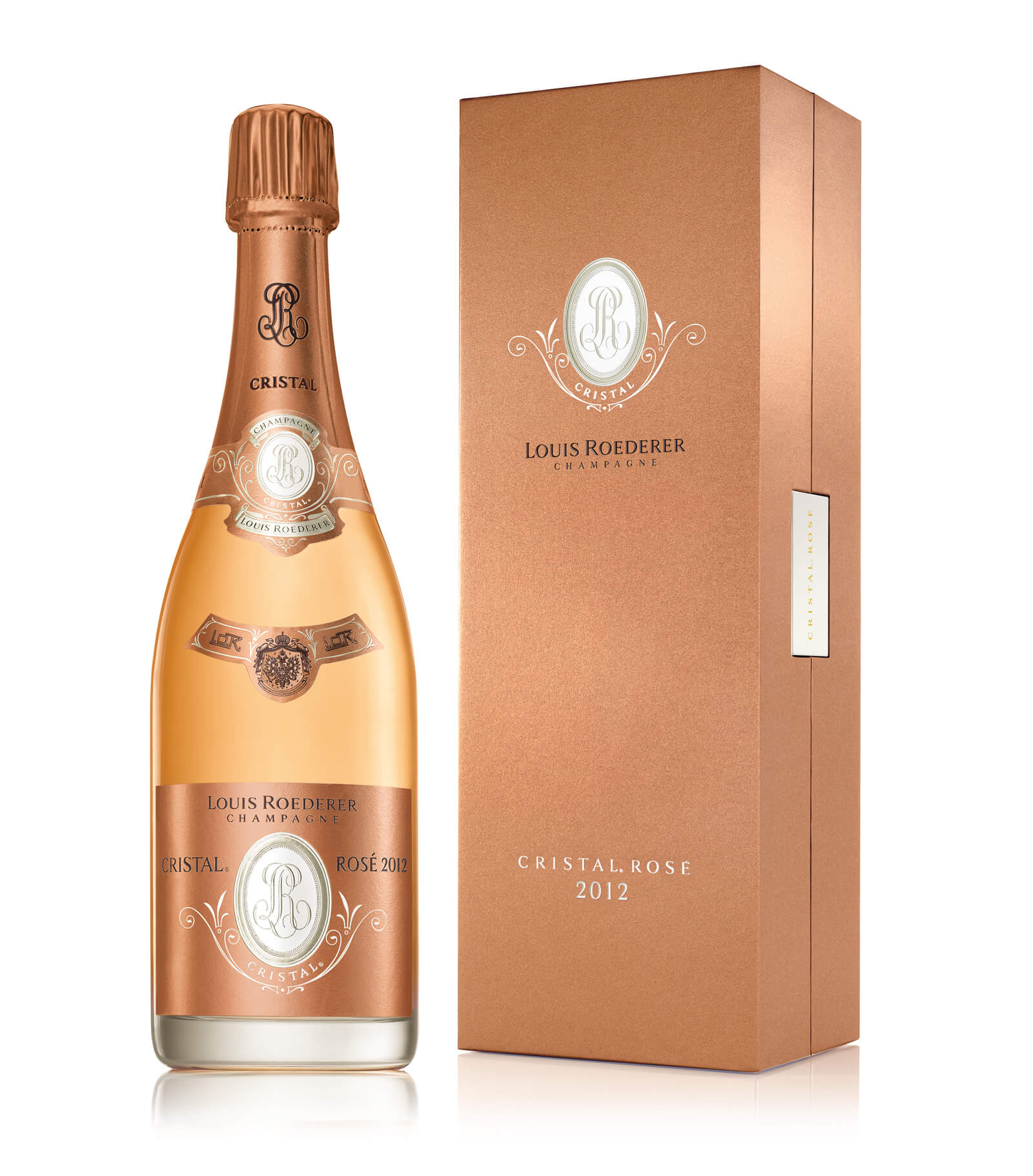
Louis Roederer Cristal Rosé 2012
The Pinot Noir spends five to ten days in a cold soak. As the juice begins to ferment, it is added to the already fermenting Chardonnay. The team at Louis Roederer has always believed that this allows for a more thorough infusion. Impossible to argue, given the results.
The first Cristal Rosé was from the 1974 vintage, a very curious choice as it was anything but a lauded year. Nineteen seventy-one and 1973 were both well regarded, and then came 1975 and 1976, both wonderful years; 1976 in particular has established a stellar reputation, though it was a very hot year and I am much more of a fan of the 1975s. But 1974?
No matter. So limited was its production that I suspect the chances of many of us ever trying that wine are slim to non-existent.
This 2012 incarnation is indeed a wine from heaven. For me there is focus, length (incredible length), pristine balance, and what they call the wow factor. Those intangibles that just lift a wine above those around it, thrilling and leaving the fortunate consumer entranced.
This is such a wine. Florals, citrus zest, rose petals, a hint of raspberries. Elegance dancing with generosity. 100 points. How could one give it anything else in good faith? A very special champagne.
Louis Roederer Cristal 2013
It would take such a wine to deflect attention from the latest Cristal Blanc, the 2013. Another truly magnificent wine that deservedly no longer falls in the shadows cast by 2012 and 2008, but taking something from both.
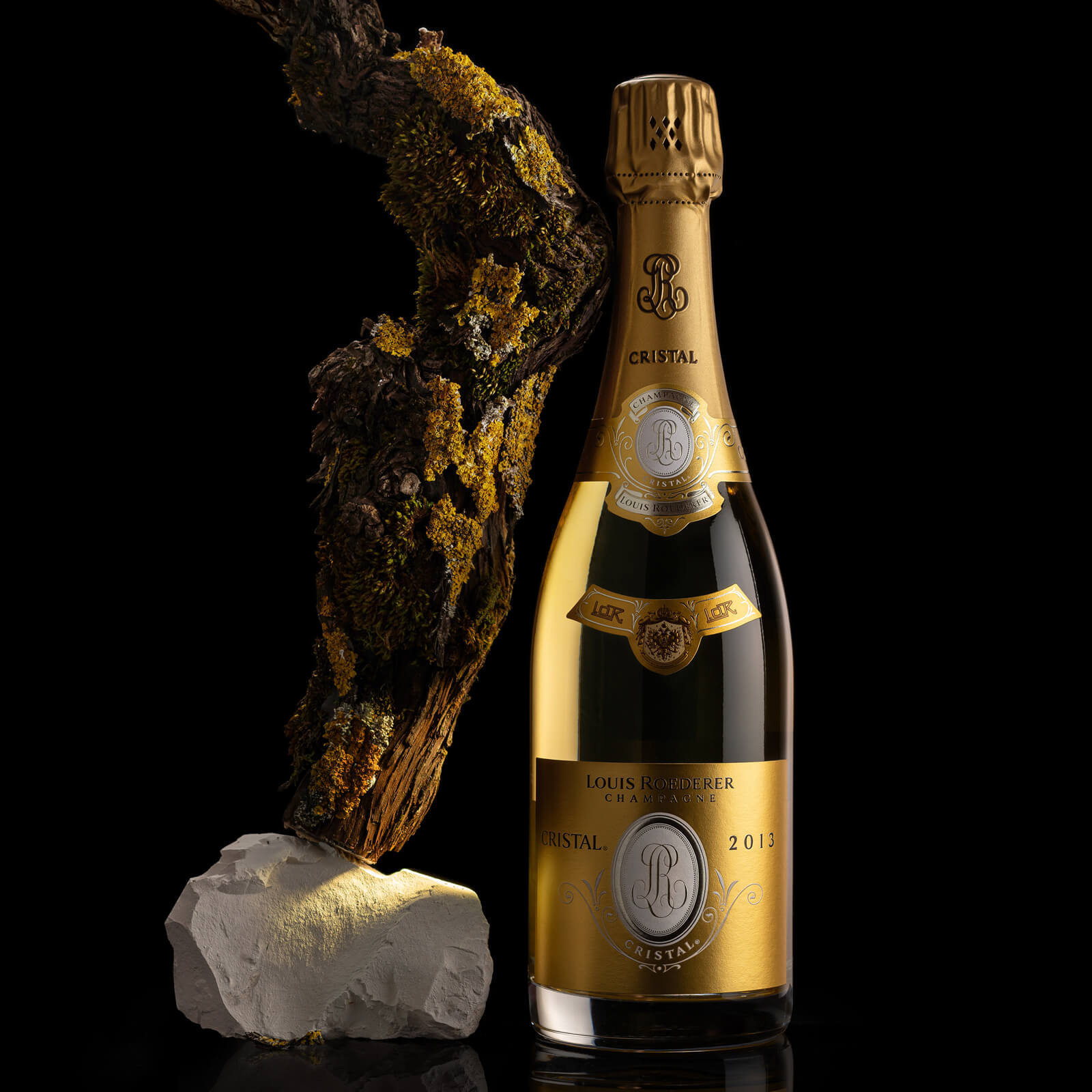
Louis Roederer Cristal 2013 (photo courtesy Louis Roederer/Emmanuel Allaire)
Two thousand thirteen was a reduced vintage, yields well down, but it gave extra concentration to the grapes. Great weather was marred by some late rain, which meant that the top producers were forced to sort their fruit very carefully (but then this is why they are considered the top producers – others are not so fanatical).
The Louis Roederer team ended up using only 30 of the usual 45 plots. The blend was 60 percent Pinot Noir and 40 percent Chardonnay.
For those who enjoy technical specs, both the alcohol and acidity levels match those of 2008 but the pH was higher. In 2008, Lecaillon felt it necessary to indulge in a small amount of malolactic fermentation. But because the vintage in 2013 burnt more of the malic acid off than happened in 2008, it was not necessary for this latest release. Dosage was 8 grams/liter, and 32 percent of the wines were vinified in oak.
Lecaillon painted himself into the same corner that writers often face: if you give a wine 100 points, or thereabouts, what happens if the next vintage is even better?
Well, Lecaillon declared the 2008 to be the “the Cristal of Cristals” when it was launched. For me, it still remains the finest Cristal I have tasted to date, even if only by a whisker, and I fully understand at this level that personal preference plays a crucial role, try as we might to set it aside.
Lecaillon has now described 2013 as “2008 plus” and the “the Cristal of Cristalssssss.” If 2018 is as good as reports suggest, Lecaillon might be in real strife when it is released. He has described the 2013 as “50 percent chalk, 50 percent sunshine.” For him, 2012 was more on the sunshine side and 2008 was more on the soil/chalk side.
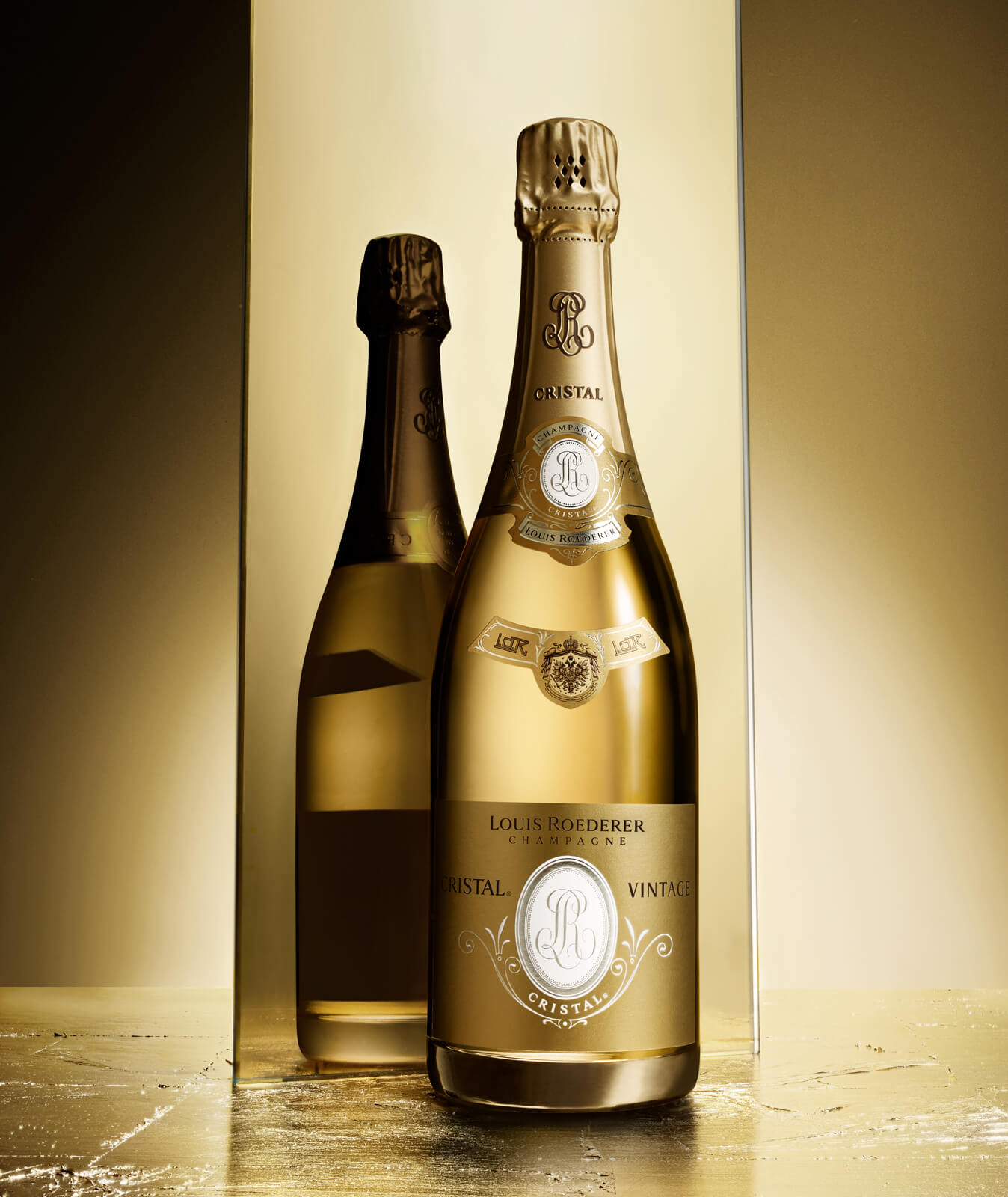
Louis Roederer Cristal champagne
Wherever it ranks, the 2013 is a special Cristal. There is that pin-prick focus and acidity with sea breeze and oyster shell notes, but it soon moves to delightful stone fruit and dried fruit notes. There is real concentration here.
Behind all this is the most utterly seductive texture, a peaches-and-cream impression. The finish tends to a hint of coffee beans and grilled nuts. It is tense, taut, terrific, and yet generous.
My usual response to a young Cristal is that it is fabulous, but what a shame it was not given a bit longer before release. Not here. This is so glorious now, yet there is no doubt it will age and improve for many years. Wonderful stuff. 98.
For more information, please visit www.louis-roederer.com/en/cristal2013 and/or www.louis-roederer.com/en/wine/cristal-rose.
You may also enjoy:
Champagne Louis Roederer Cristal 2012: Biodynamic Viticulture At Its Very Best
Louis Roederer Cristal 2008: Supreme Elegance And Ethereal Grace
Louis Roederer Rosé 2012: A Gloriously Ethereal And Elegant Champagne
Dom Pérignon 2008: From The Monk’s Earliest Beginnings To The Most Glorious Champagne Vintage





















































Leave a Reply
Want to join the discussion?Feel free to contribute!